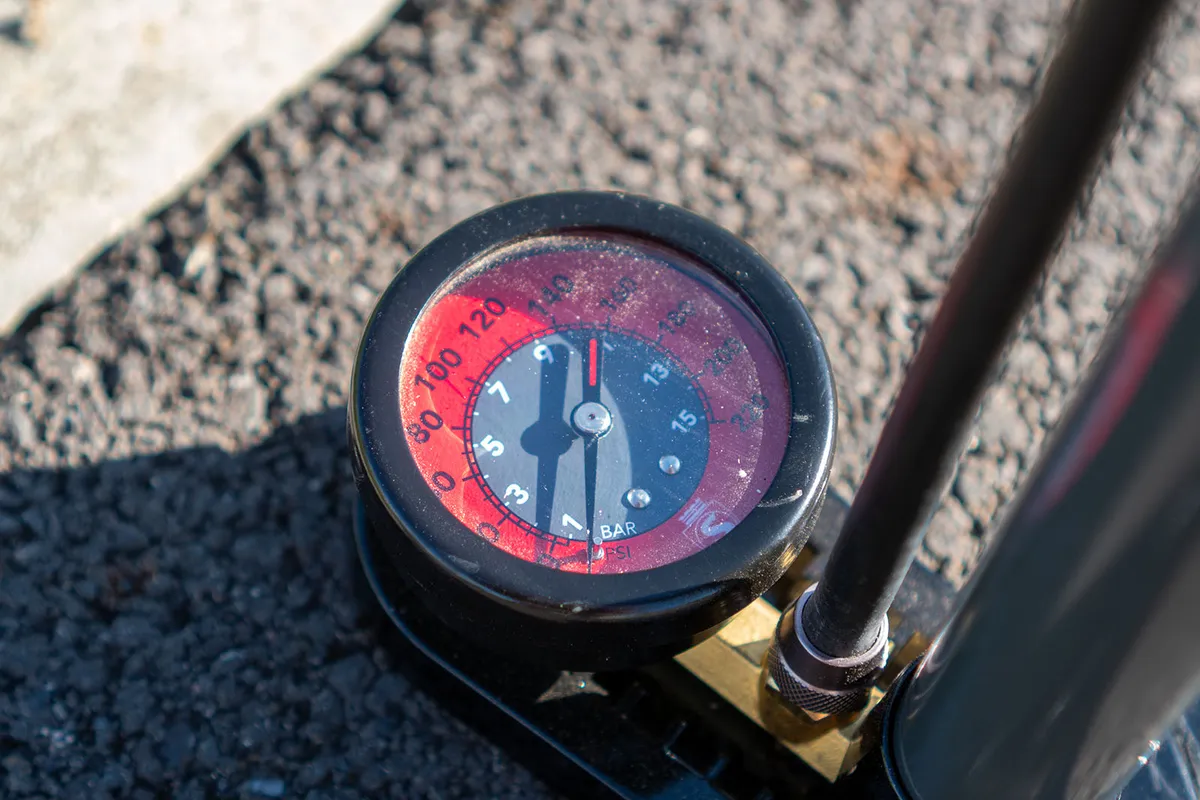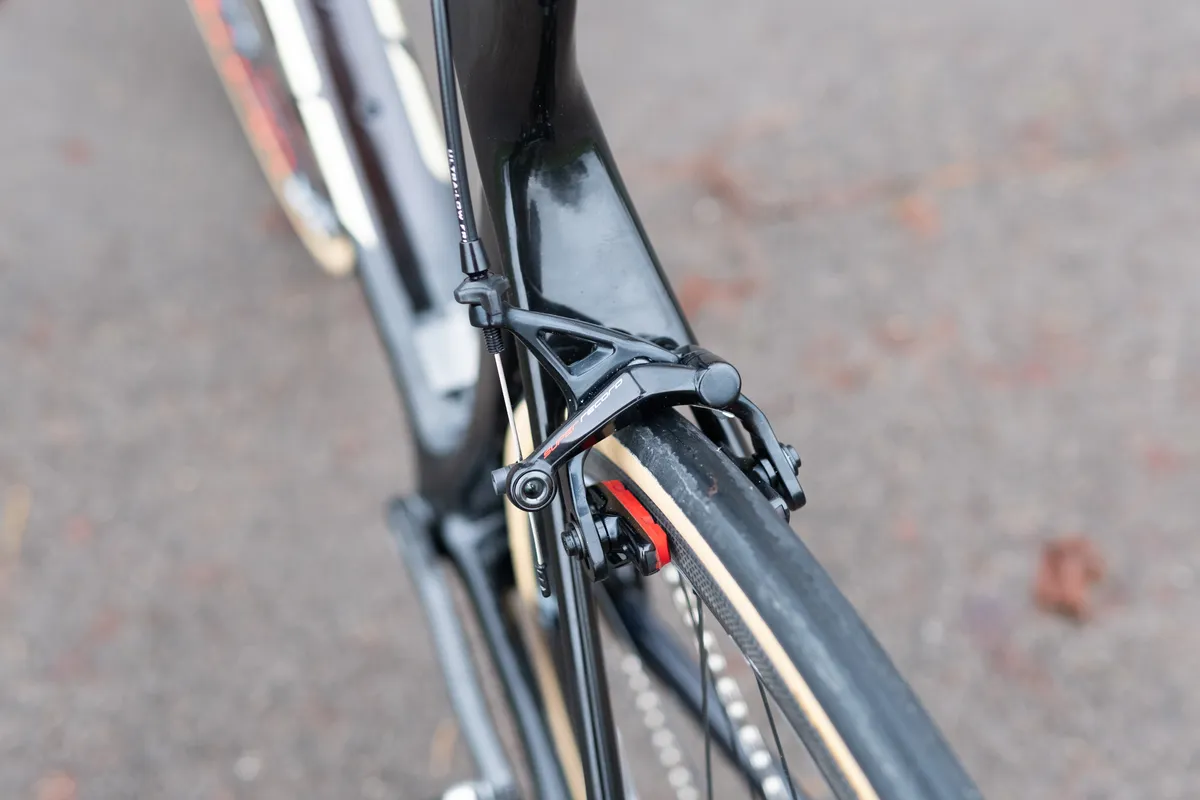How much does outside temperature affect tyre pressure? For example, if I pump my tyres up to 75 psi in the morning when it’s only about 18°C, when I come to get my bike after work when it’s 34°C, how much has the pressure increased due to the heat?
Mike Anderson
"Tyre pressure increases with temperature according to the ideal gas law (PV = nRT)", explained a Continental spokesperson.
In simpler terms, this means that if the volume remains constant, pressure rises as temperature increases.

As a guide, Continental suggests that every 10°C increase in temperature results in a roughly 2.5 psi rise in tyre pressure.
So, if a rider inflates their tyres to 75 psi at 18°C in the morning, and the temperature rises to 34°C, the pressure could increase by approximately 4 psi, reaching around 79 psi.
"This is illustrated in [the above graph], showing how inflation pressure increases with operating temperature", Continental continues.
Continental sounds an extra note of caution if your bike has hookless rims: "For hookless setups, it’s essential to follow both tyre and rim manufacturer guidelines to ensure safe operation", adding that how pressure increases with operating "a key consideration for riders using hookless rims."
- Learn more: Hookless rims explained

ETRTO standards state road bike tyres on hookless rims shouldn't be inflated above 73 psi / 5 bar.
While many – if not most – tyre and rim manufacturers test their products' compatibility to significantly greater pressures, there is a chance your setup could exceed the maximum permissible pressure if the weather heats up during the ride. You'd have to start at the upper end of the range for rising temperatures to be a problem, but it's a possibility.
The Continental spokesperson went as far as to suggest riders may "consider using hooked rims if riding in environments with extreme temperature changes, as they are less sensitive to system tolerances."
Don't forget rim brakes and tyre compounds

While there are fewer bikes than ever available with rim brakes these days, long descents can generate significant heat too, increasing tyre pressure – a problem that disc brakes avoid.
Tyre pressure isn't the only thing that is affected by changes in temperature.
Tyre compounds are designed to operate within a specific temperature range. Continental says its BlackChilli compound is designed to perform reliably across a wide temperature range.
While we're not aware of any brands that manufacture tyres specifically for hot weather, at the other end of the spectrum, Pirelli and others modify their compounds to better suit cold weather.
What about altitude?

So what about heading up that Alpine pass? Continental has plenty of advice for riders here, too.
"Tyre pressure is typically measured as gauge pressure – the pressure above atmospheric pressure", explains the Continental spokesperson.
"As altitude increases, atmospheric pressure decreases, which causes the gauge pressure to appear higher even though the absolute pressure inside the tyre remains unchanged," they add.
Continental explains that, for every 610 metres (approx. 2,000 feet) of elevation gain, tyre pressure can increase by about 1 psi (gauge).
For example, a tyre inflated to 75 psi at sea level may read around 77 to 78 psi at 2,000 metres (6,500 feet) elevation, without any additional air added.
So what is the combined effect of temperature and altitude?
Continental presents this example: "If a rider inflates their tyres to 75 psi at 18°C and sea level, and later rides at 34°C and 2,000 metres elevation, the combined effect could result in a pressure increase of approximately 6 to 7 psi, reaching around 81 to 82 psi."
That's a situation that might arise if you started your ride up the col early in the morning, reaching the top by the middle of the day, but in general air temperature decreases with altitude.
According to Meteoswiss: "With every 100 metres, the temperature drops by an average of 0.65°C. Where the air is very dry, such as in an area of high pressure, the air can cool by almost 1°C per 100 metres."
So the temperature at your 2,000 metre pass could be as much as 20°C lower than in the valley, which would work against the effect of the lower air temperature.

